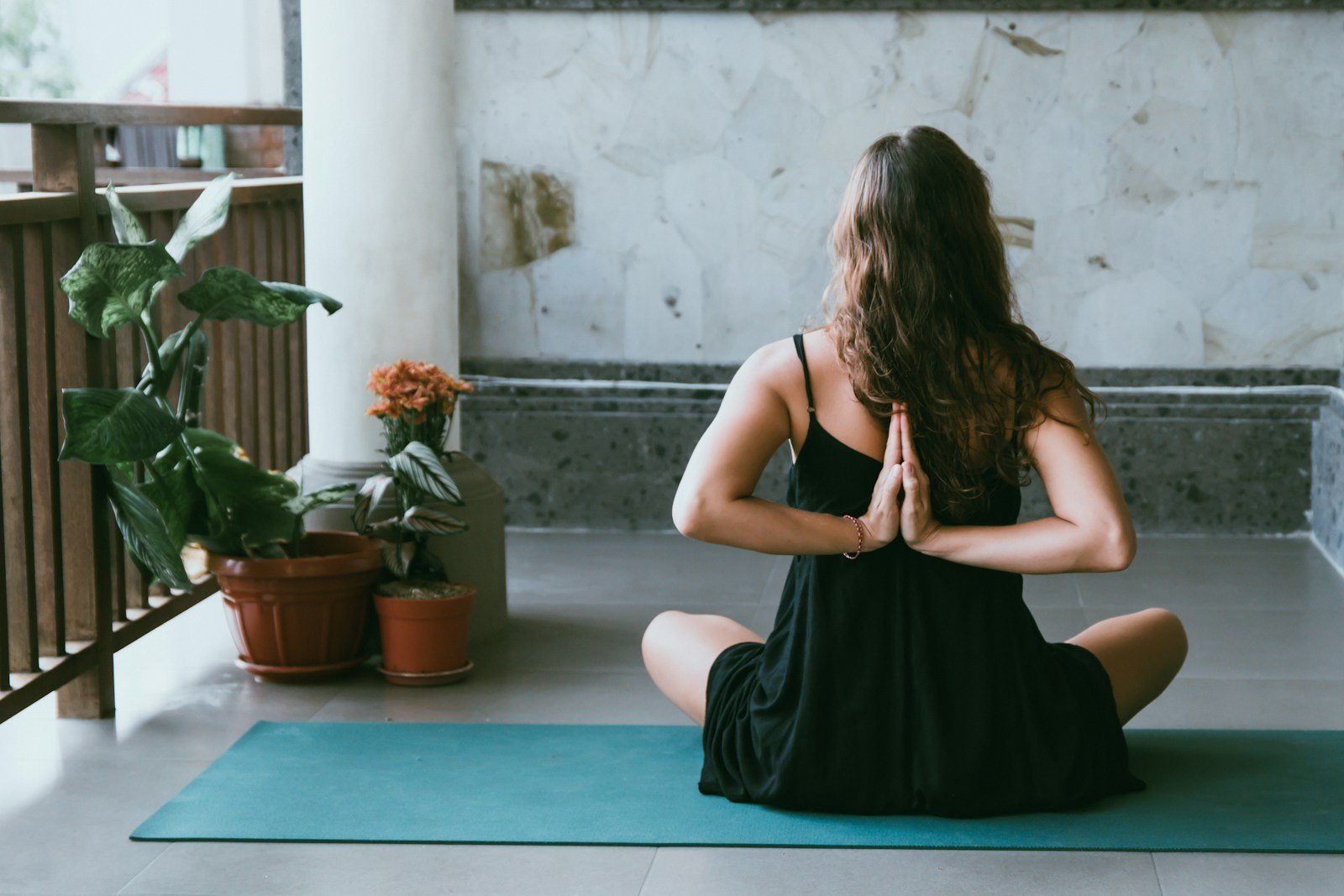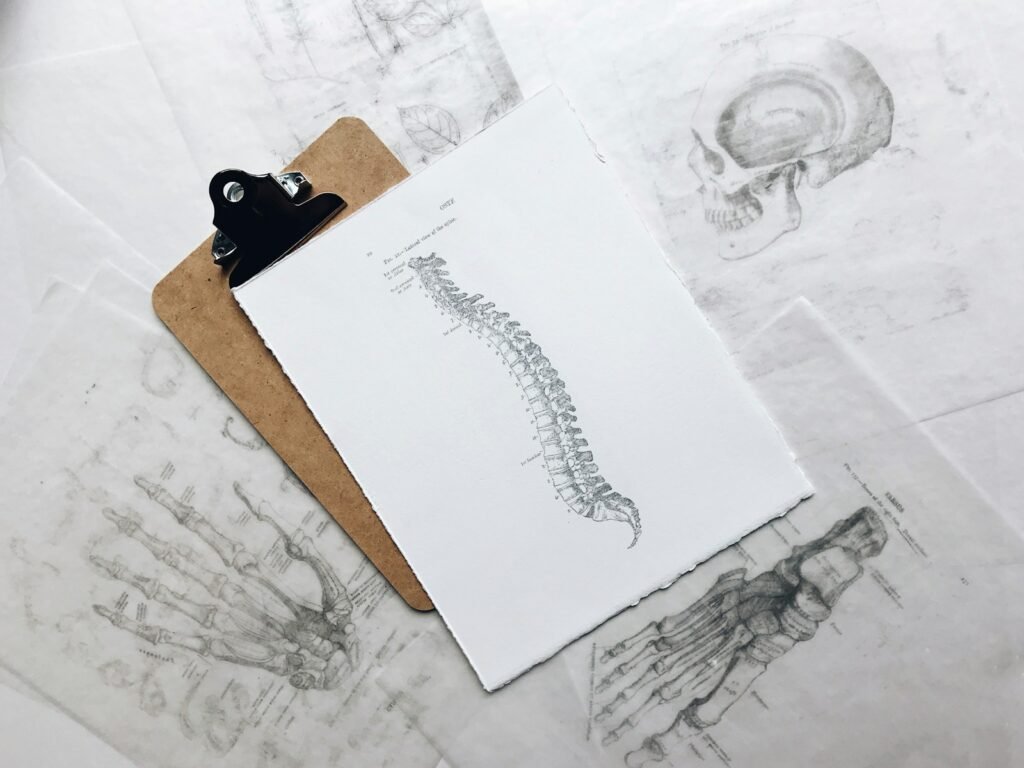Yes, posture does affect oxygen levels. Research indicates that different body positions can significantly influence oxygen saturation levels. Sitting upright generally provides the highest oxygen saturation, while the supine position (lying on the back) often results in lower oxygenation. The prone position (lying on the stomach), particularly recommended during respiratory distress, can improve oxygen levels and is beneficial in clinical settings, especially for patients with acute respiratory distress syndrome (ARDS).
The semi-recumbent position (45° semi-upright) enhances oxygenation and gas exchange, particularly in patients requiring mechanical ventilation. It is also associated with increased comfort and reduced coughing during medical procedures like bronchoscopy.
In infants, particularly those recovering from respiratory distress, the prone position has been shown to improve oxygenation more effectively than the supine position. This finding is consistent across various studies, emphasizing the role of posture in managing and improving respiratory function.







